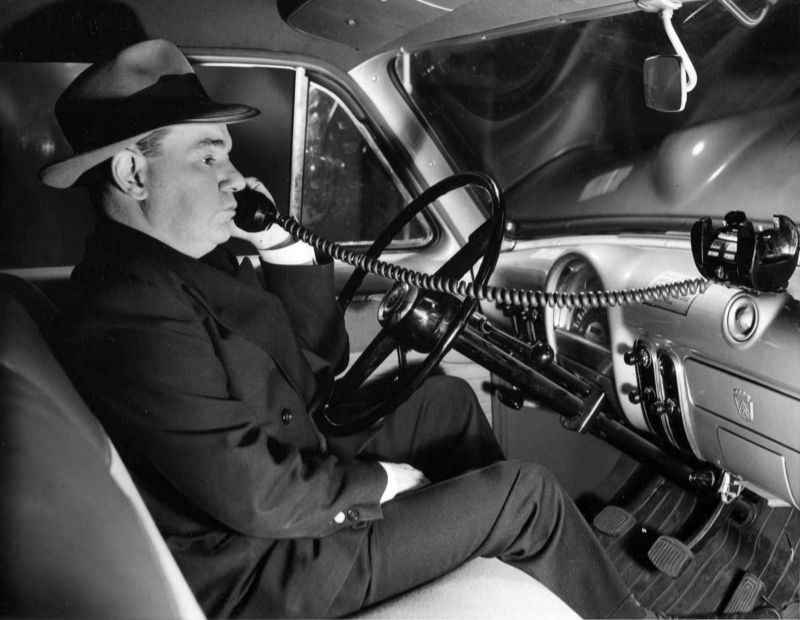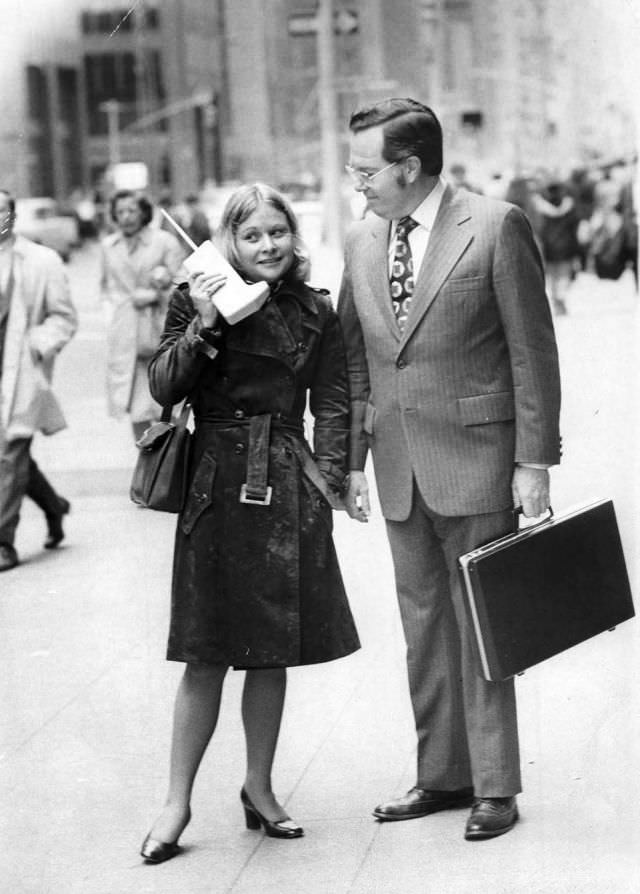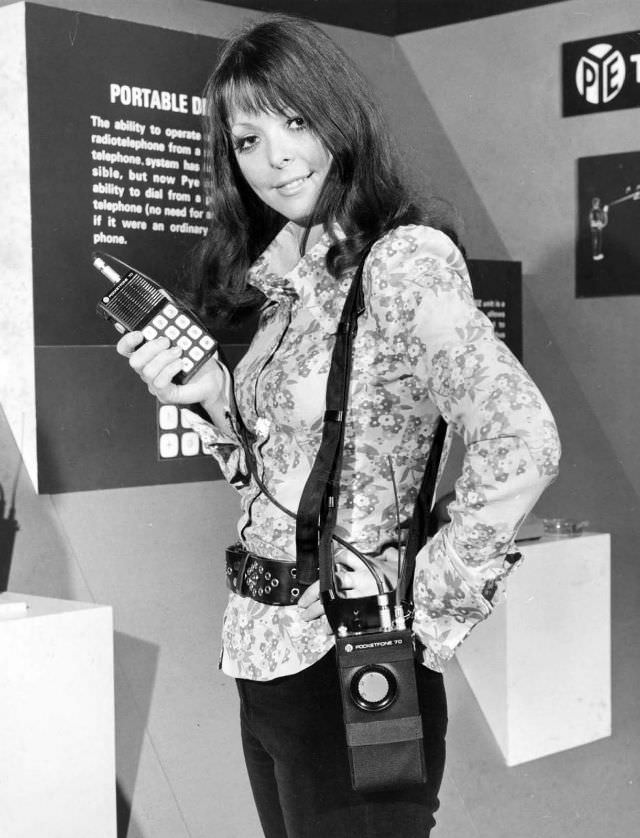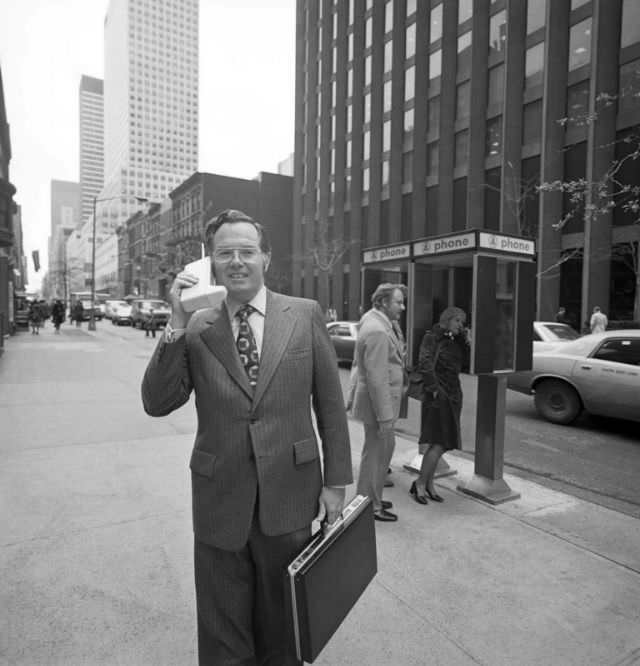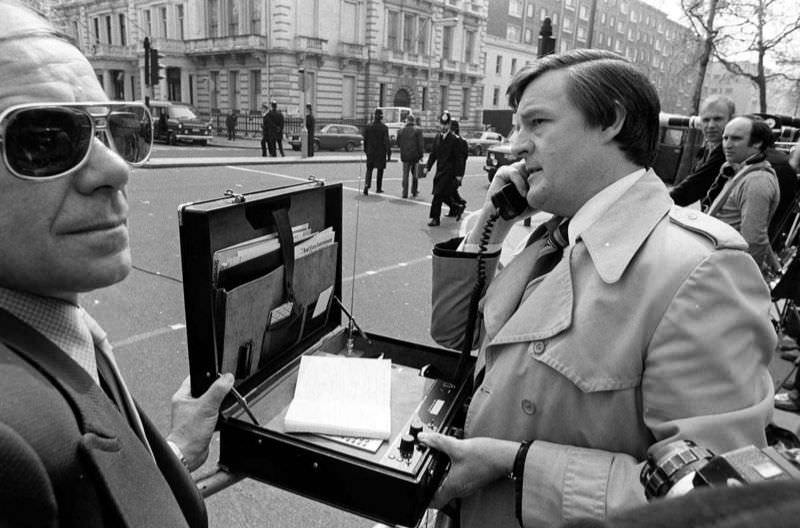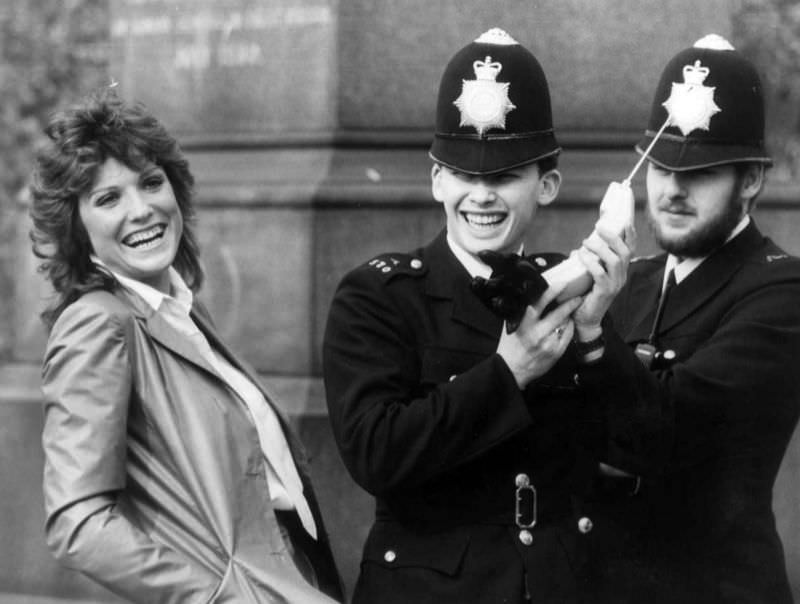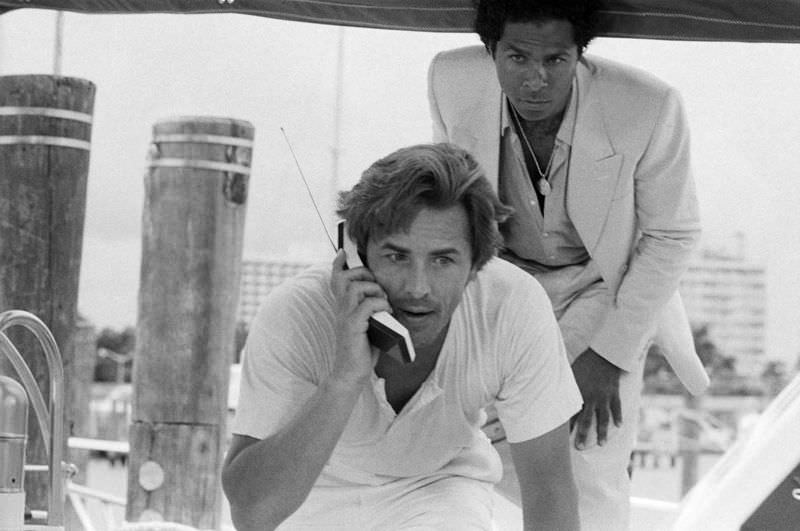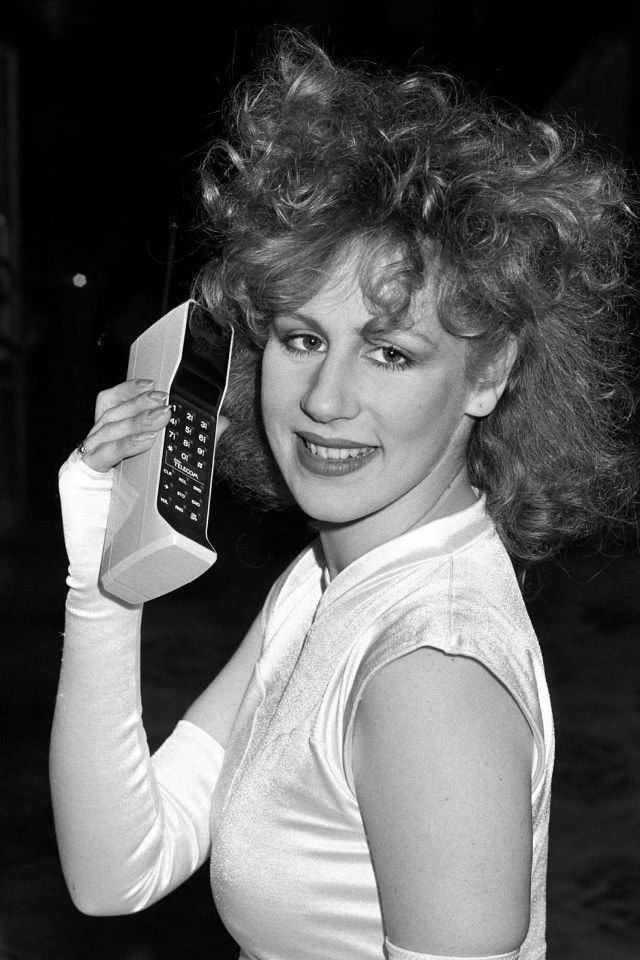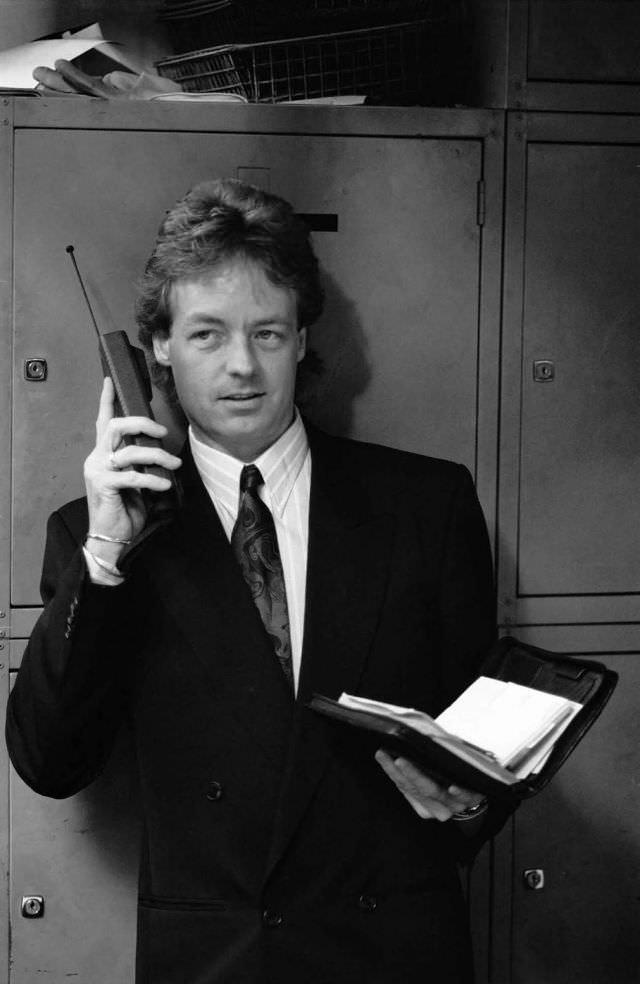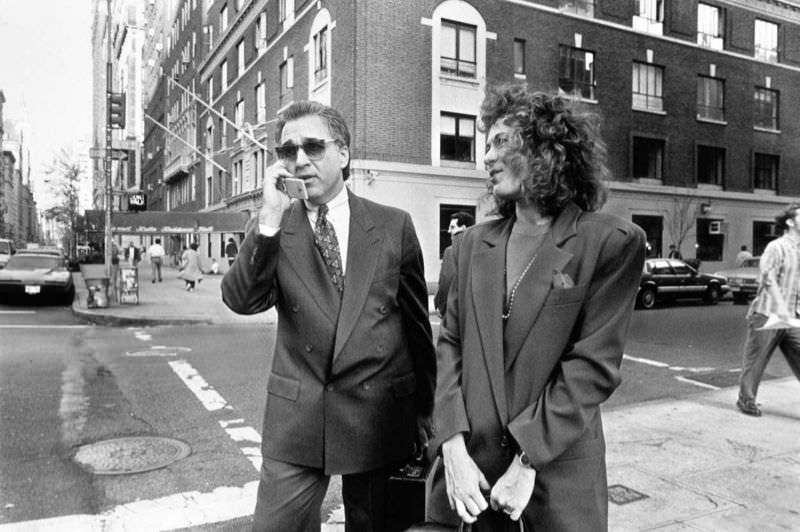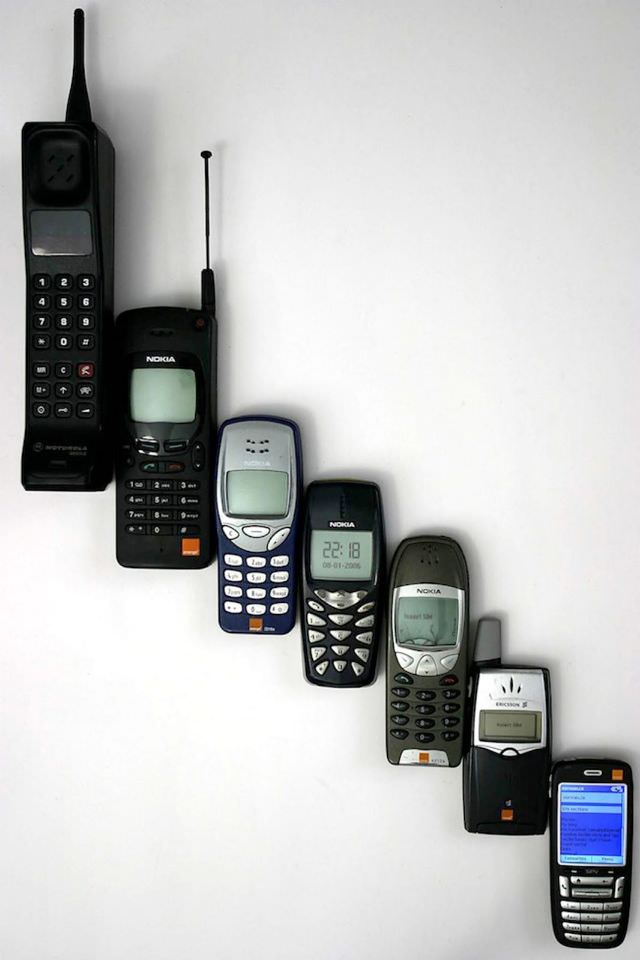Proto mobile phones date back to 1908, when a US patent for a wireless telephone was issued in Kentucky. AT&T engineers invented the first mobile phones in the 1940s. Initially, mobile phones were not really mobile phones. They were two-way radios that allowed people like taxi drivers and emergency services to communicate.
It all changed on April 3rd of 1973, when Motorola executive Martin Cooper made the first handheld cell phone call. He called his rival at Bell Labs. Cooper’s phone weighed just under 2.5 pounds (1.1 kilograms). After a half-hour use, the battery would need to be recharged 10 hours later to be ready for another chat. Mobile phones from this era are often called 0G phones or Zero Generation phones. Six years would pass before the first cellular network – 1G – was launched, only in Tokyo. By 1984, the network had expanded sufficiently to cover the whole of Japan.
The Motorola DynaTAC 800x was developed for $100 million in 1983. It cost around $4,000 and lasted for 30 minutes before dying. People called it a brick because it looked like one. Despite its large size, the phone was considered the most portable. Humans could make calls without wires or portable phone holders for the first time in history.
The second generation of mobile phones wasn’t released until the 1990s. In 1992, IBM released the Simon, the first smartphone. In addition to making phone calls, the phone acted more as a planner. Simon could create task lists and store contacts, but that was it. The device retailed for around $900 and sold close to 50,000 units. Essentially, Simon paved the way for many smartphones to follow.


